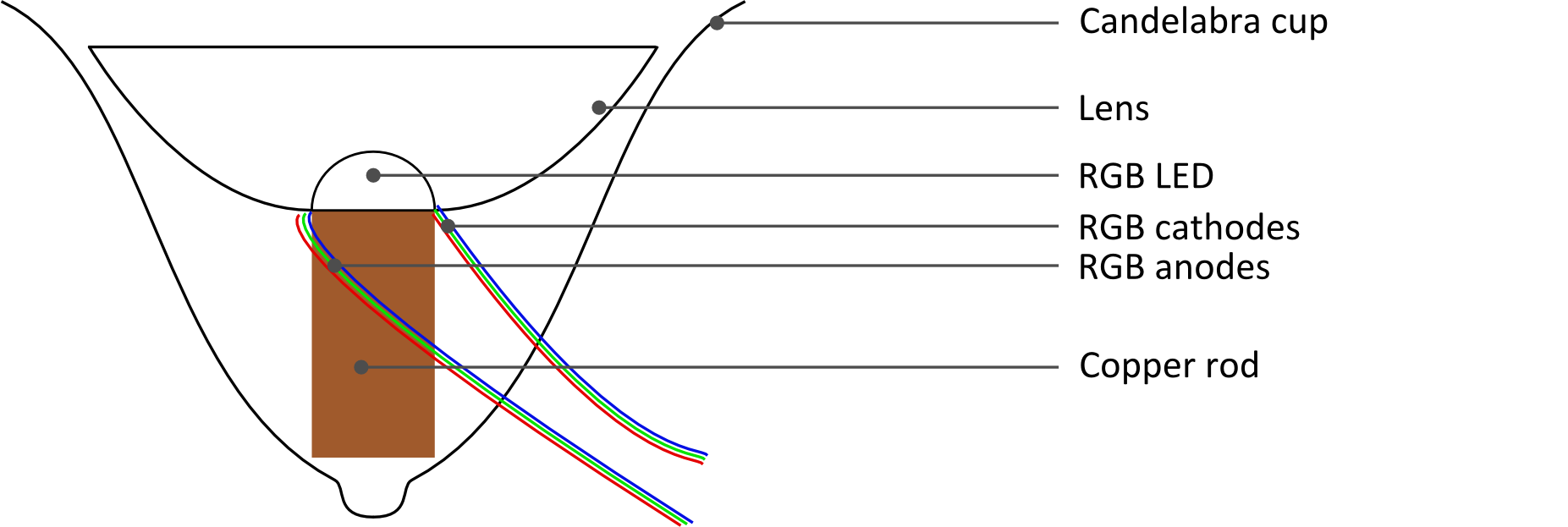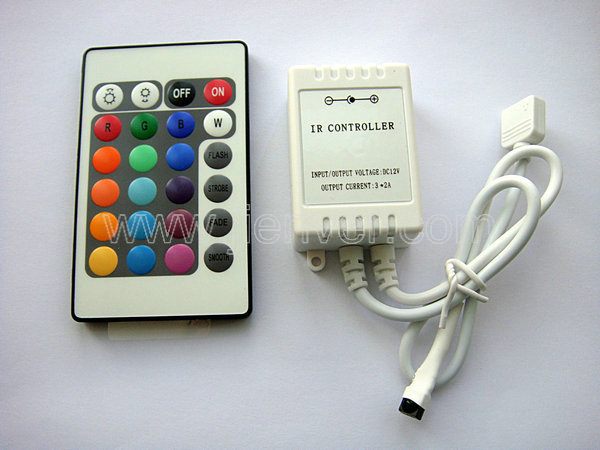AnAppleSnail
Flashlight Enthusiast
I'm stuck trying to solder the copper rod heatsink into place. I need a thermal connection between the LEDs and the candelabra and this is my solution:
The problem is that I'm unable to melt the solder/keep the candelabra heated/heat the copper rod. I've tried using a regular soldering iron to maintain an elevated temperature combined with my soldering gun (which is only meant to be switched on 12 seconds in every minute). I also try using a mini blow torch (about the size of a large permanent marker pen) but the flame keeps going out, presumably because it's upside down and getting blown out by hot oxygen-depleted air).
Arctic Silver thermal epoxy is also epoxy. Regular 10-ton epoxy in thin layers is reasonably thermally-conductive. My brazing torches run in most any position EXCEPT inside a bottle-shaped object. If you do not trust Arctic Silver, then you'll have to heat the base to puddle solder. Then use needlenose pliers you despise to hold the copper slug as you heat it quite hot. Press this onto the solder while heating the top of the copper slug. Once it sets, remove heat and hold it in place. Or use your second needlenose pliers and apply ice to quickly cool things. This will hiss and steam excitingly. You should probably not breathe the steam (Explains a lot about me, eh!?). Then attach LEDs and wires. I've made custom copper housings out of pipe and sheet copper this way.






